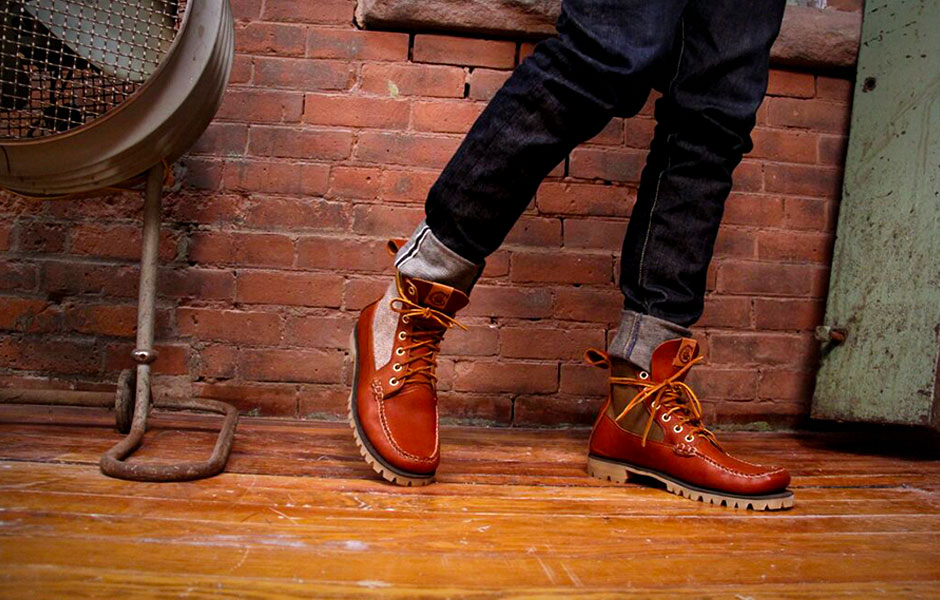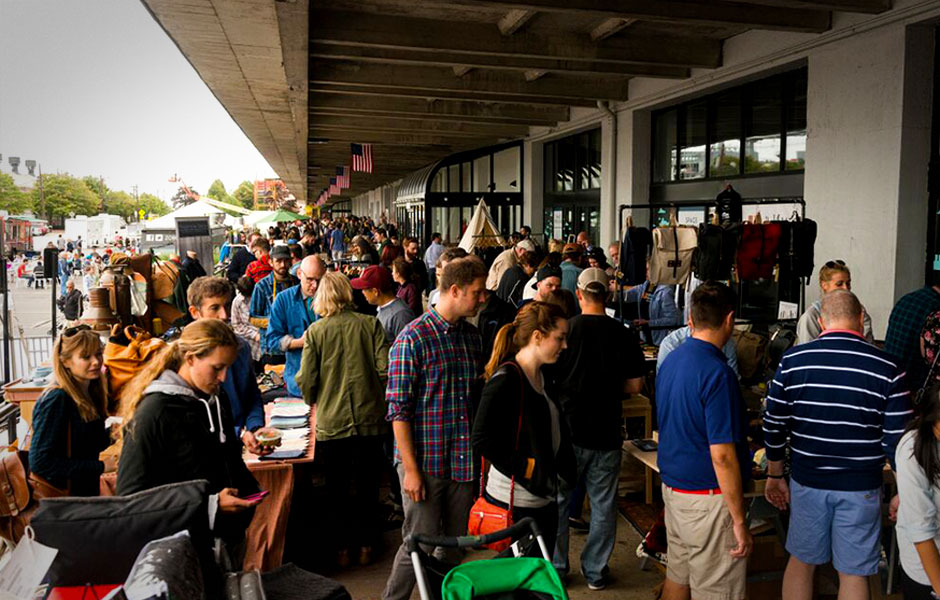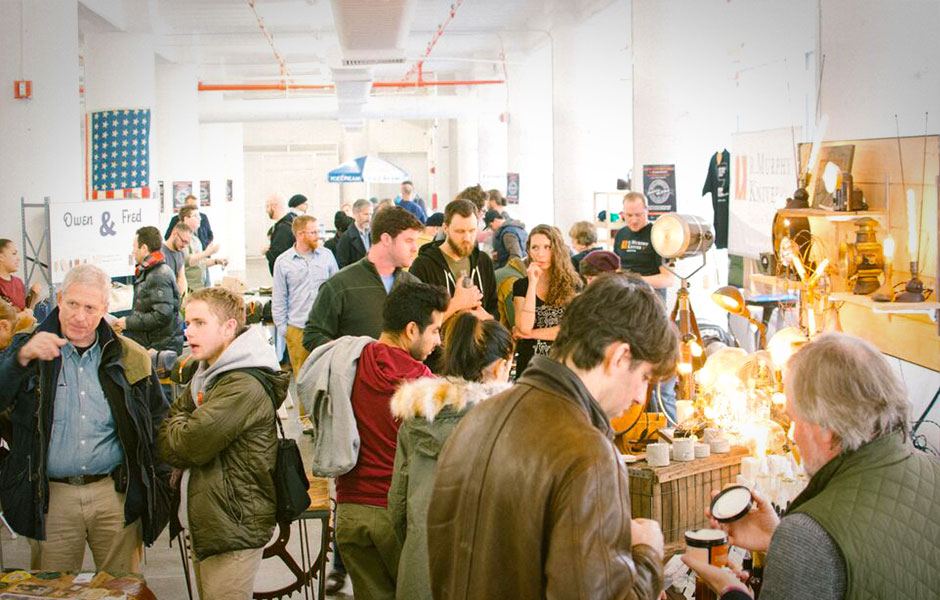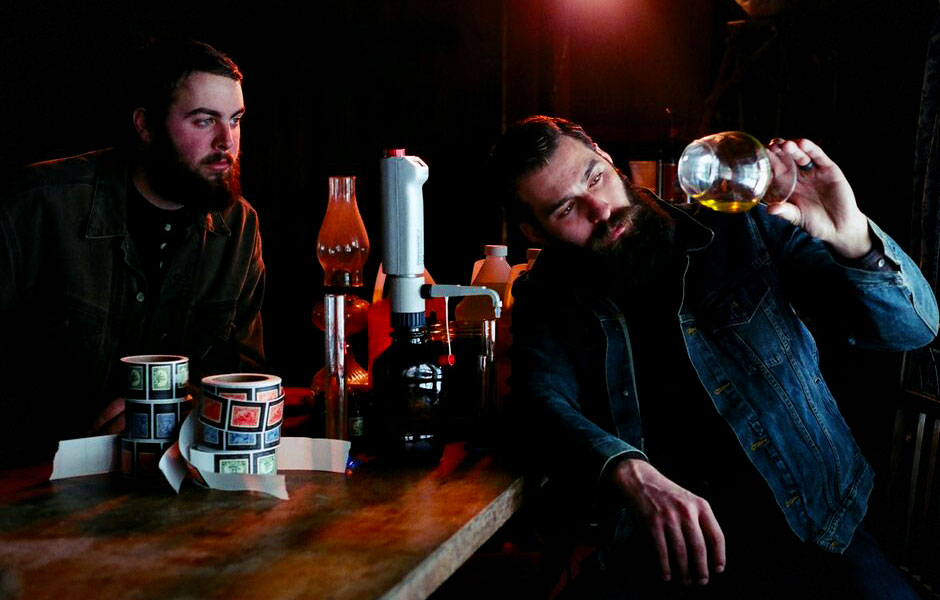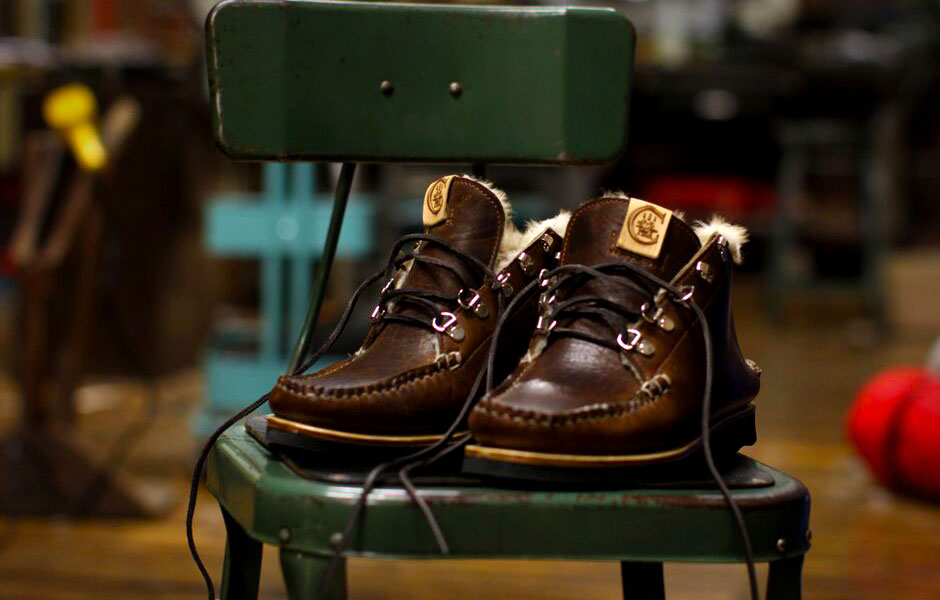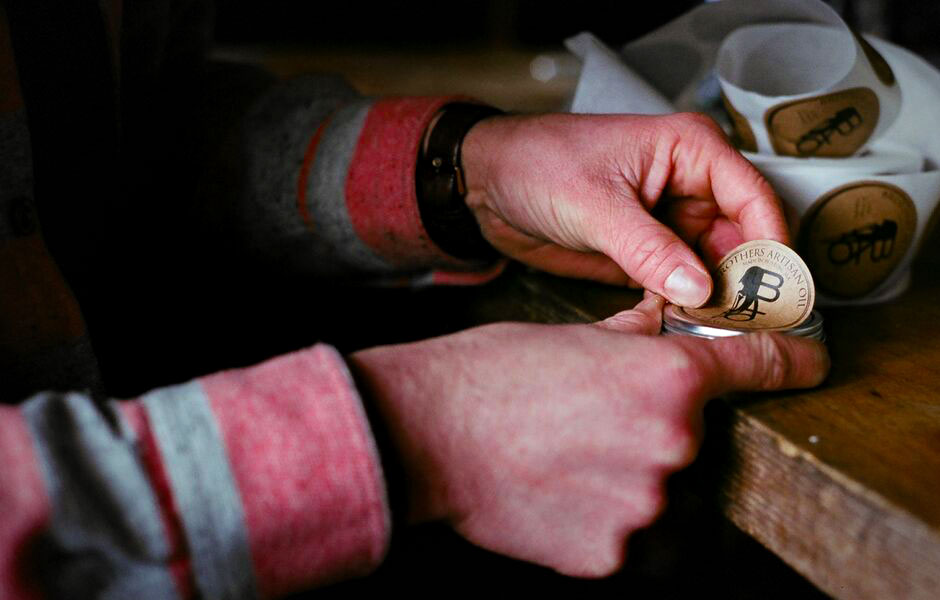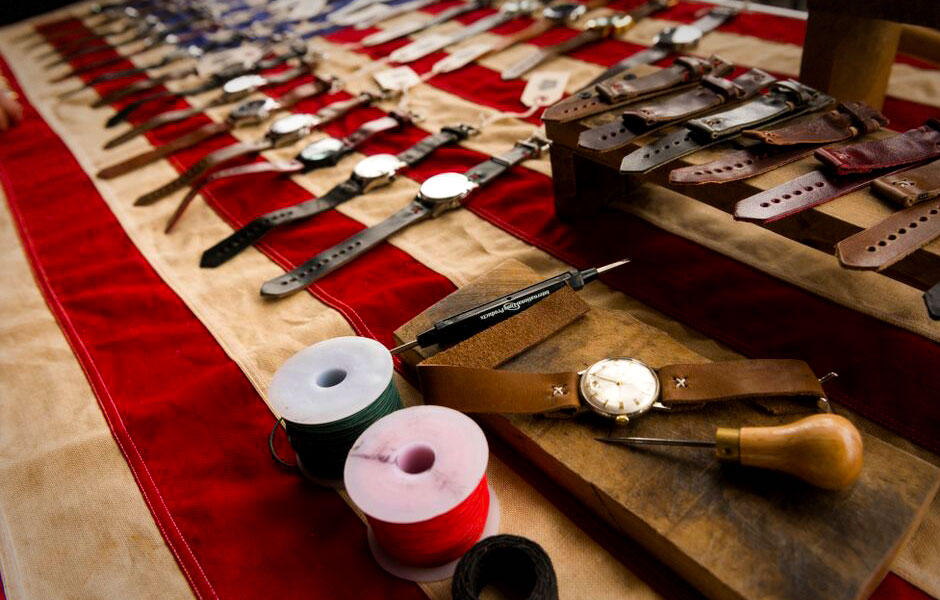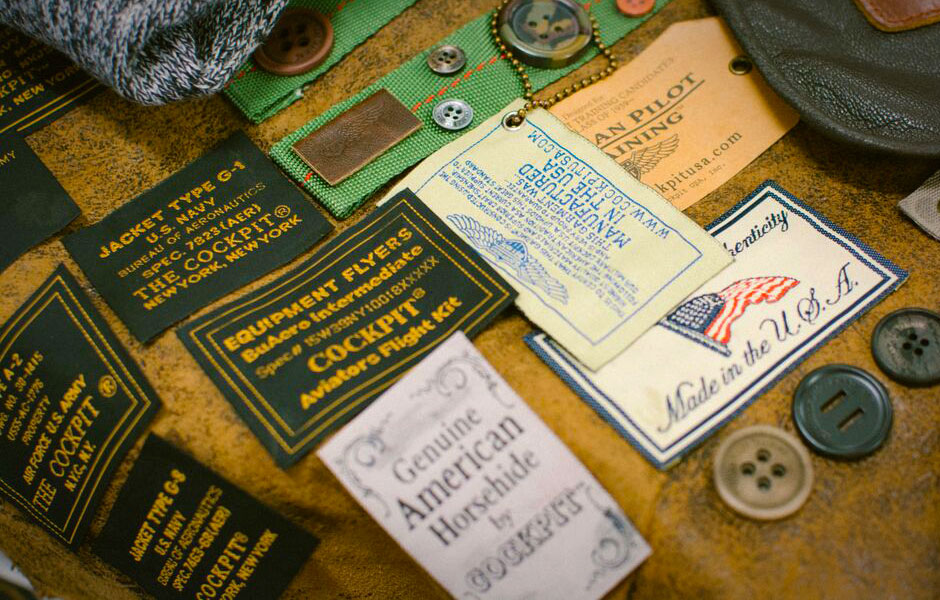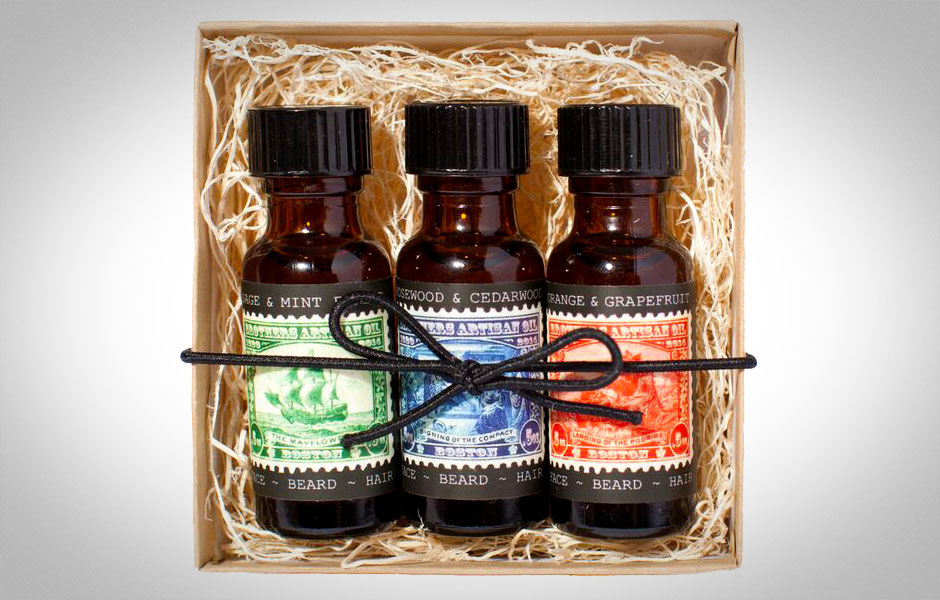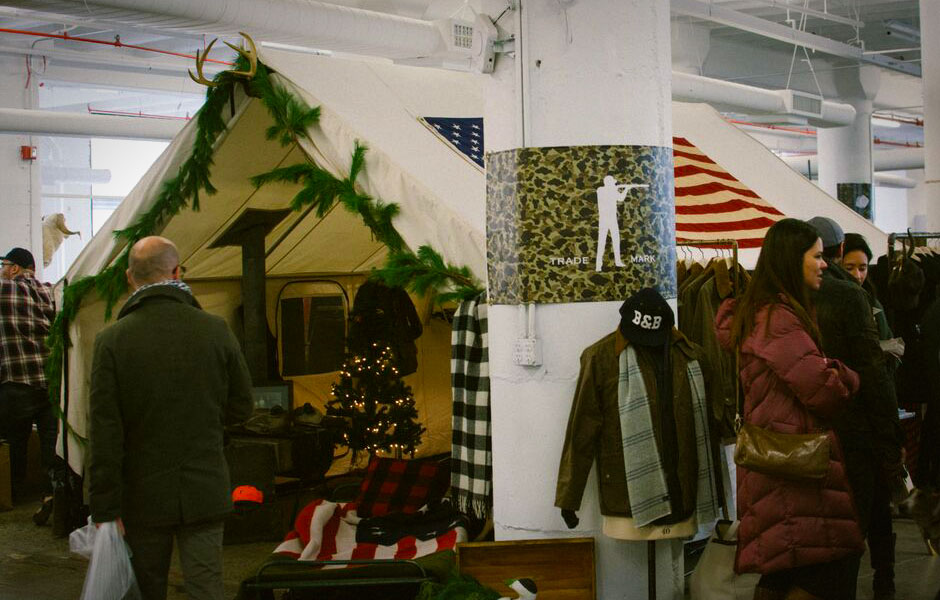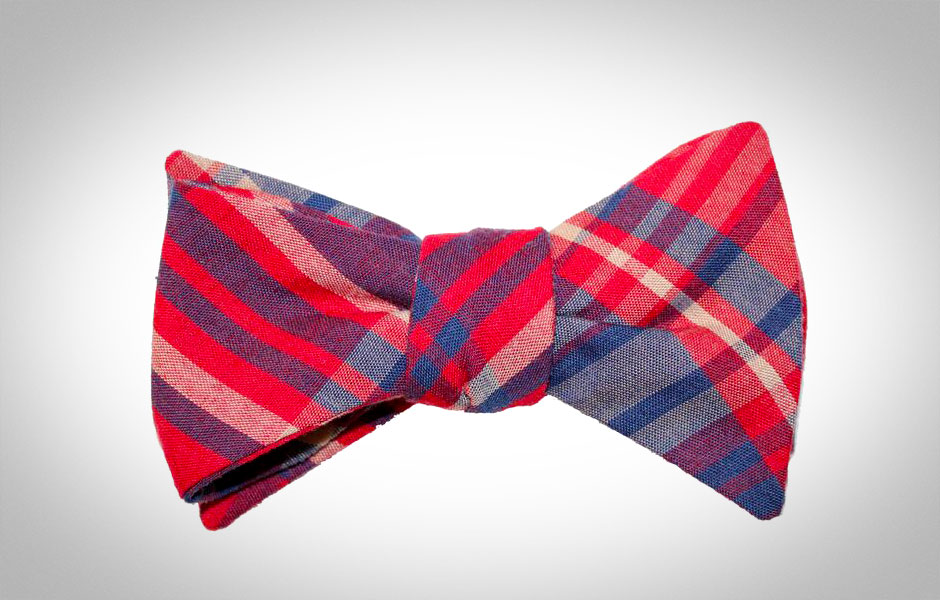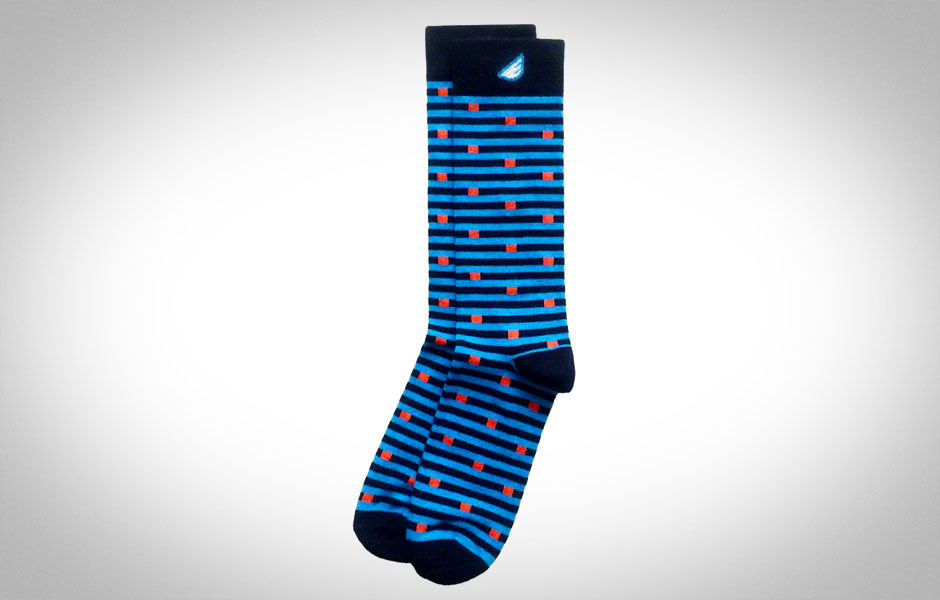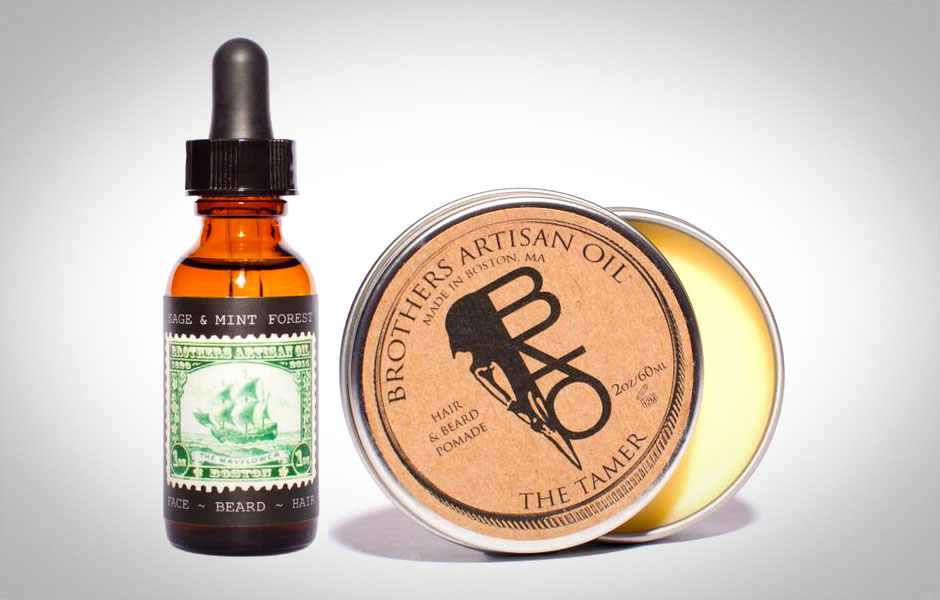American Field is an annual pop-up market that features the best brands that are 100 percent made in the USA, from clothing labels to local craft breweries. Founded four years ago in Boston by Mark Bollman, who also runs the menswear brand Ball and Buck, the special event returns to Beantown next weekend and then lands in Washington, D.C. October 17 and 18, Atlanta October 31 and November 1 and Brooklyn November 21 and 22. Free and open to the public, this expo of US merch will feature more than 75 vendors. Bollman recently explained why checking it out should totally be on your autumn “to do” list…
How do you find your exhibitors?
It is a pretty curated process. We are looking for a vendor who offers something epic with the highest quality and who has a unique plan. It’s not really a craft fair or a farmer’s market. It’s more like these are innovative businesses that are changing the landscape of manufacturing in America. For example, there is a great brand that is doing an Idiegogo campaign called Greycork that has signed on to do all four events. They make these really cool couches and modular furniture. Think Ikea but high quality and made in America. That’s the kind of vendor we attract. It is passionate entrepreneurs who are looking to make a change and make something that kind of goes against the purchase process that people are used to in today’s culture which is that disconnected, fluorescent lights, classic packaging with a sales associate who doesn’t know anything about the product. Here you are shaking the hand of the designer or craftsman who actually makes the product.
What product categories does American Field cover?
There’s menswear, womenswear and accessories. Soft goods is the majority at 80+ percent. It’s a lot of denim makers, leather goods, shirting, outerwear, waxed cotton and leather outerwear. Then you go into scarves and dresses and hand-knit alpaca soft accessories. We are all about giving you an atmosphere and not just selling you something. And that atmosphere is the passion and energy around making things in the US and building things that people really believe in.
How many people attend?
We get from 3,000 to 5,000 attendees. These are people that either know about American Field and the brands that are there so inherently you are getting guys and gals who are professionals or entrepreneurs who really appreciate quality and want something that is unique. And also it is often an online shopper who has learned of a brand online but who actually wants to try on a $500 leather jacket. We have brands that they may have met via social media but they have never actually interacted with them. But then they come to American Field and they have the opportunity to meet the brand or maker, try on the product, learn about the brand in person and become a strong online customer post-event. Other than that you get people who just want to do unique things in the city—anyone who likes to go to a farmer’s market to someone who likes to try a new beer or food or learn about a new industry.
What is the general price range of the products for sale?
I’d say $20 to $300. You might be able to get a shirt or pant for $80 to $150 and a jacket for $200 to $600. And then there are accessories like knit hats or knit gloves for 20 bucks and metal goods like keychains for $5 to $10. You can come in on the low end or go to the high end. You can even buy a Tesla for $80,000.
What prompted you to launch American Field?
I started the brand Ball and Buck. We have a store on Newbury Street in Boston. We have an online presence and we started out that way. We built online before we had a brick-and-mortar and it was extremely clear early on that to build a successful business that we had to get in front of people. Selling quality goods that are made in America and being on a website it’s very difficult to see the difference between our staple shirt and an H&M button-down. When you put it in your hand or take it off the hanger and it almost breaks the hanger, then it’s very easy. We make sales by educating our consumers and explaining to them what it means to double needlestitch something or what it means to bartack a stress point and how many stitches per inch we use. It all the details that you can’t really write on a website or notice without holding it in your hand. So the business was really created to provide a platform for Ball and Buck and brands like it. There’s no replacement for shaking the hand of a customer and no replacement for trying on a shirt.
Why is made in America so important to you?
When I started B and B that was kind of a precursor to American Field. Everything we do is made in America. We are a country that makes things. We always have. I am a big believer in the fact that in order for us to be successful we’ve got to actually create and not just design here but actually make it here.
Will you be adding additional cities in the coming years?
Yes. What city it is I don’t know right now. We poll our customers and we poll our vendors and we ask them. The other way is looking at markets and seeing if something like this exists and if there is a makers’ culture in that area. Boston and Brooklyn are leading the charge on that and D.C. and Atlanta are close behind.
Why should someone come shop at American Field?
I think the most valuable and most exciting thing that is hard to put on paper is just the energy level. You are looking at a group of brands that aren’t competing against each other but are rather working as a team to build a movement. There is a huge amount of positive energy in the room that is hard to conceptualize on paper. And you also have the opportunity where you go back to the time of meeting and talking to someone who knows everything and anything you could ever want to know about something. It’s actual interaction and a shopping experience where you can see the passion of the person who has made the item and you can talk to him about why. You can take that with you and then it’s not just another shirt that you got or it’s not just another pair of sneakers because you wanted a new color of sneaker. It is the passion of this craftsperson, this designer, this maker or the owner of this company. That is something that you can’t just buy. You have to earn it.
